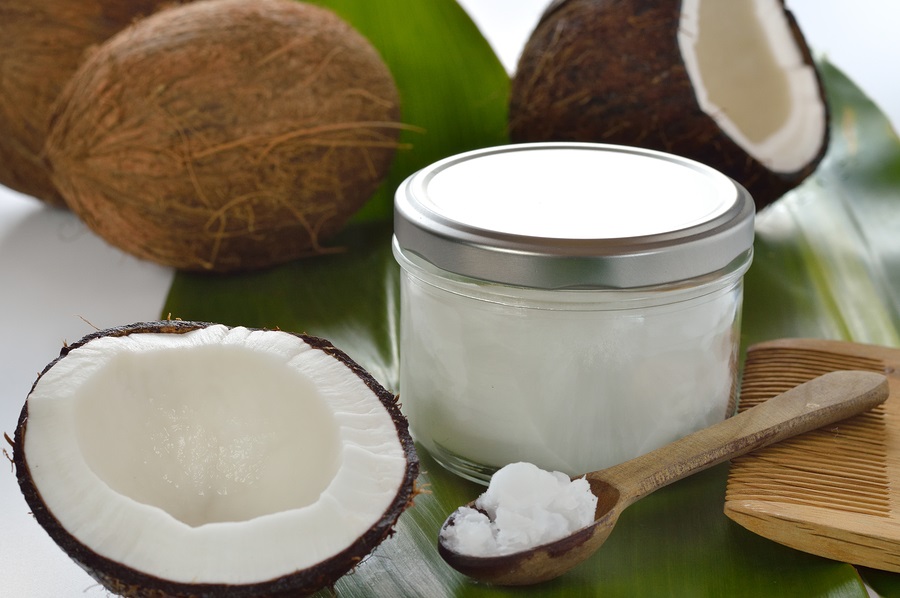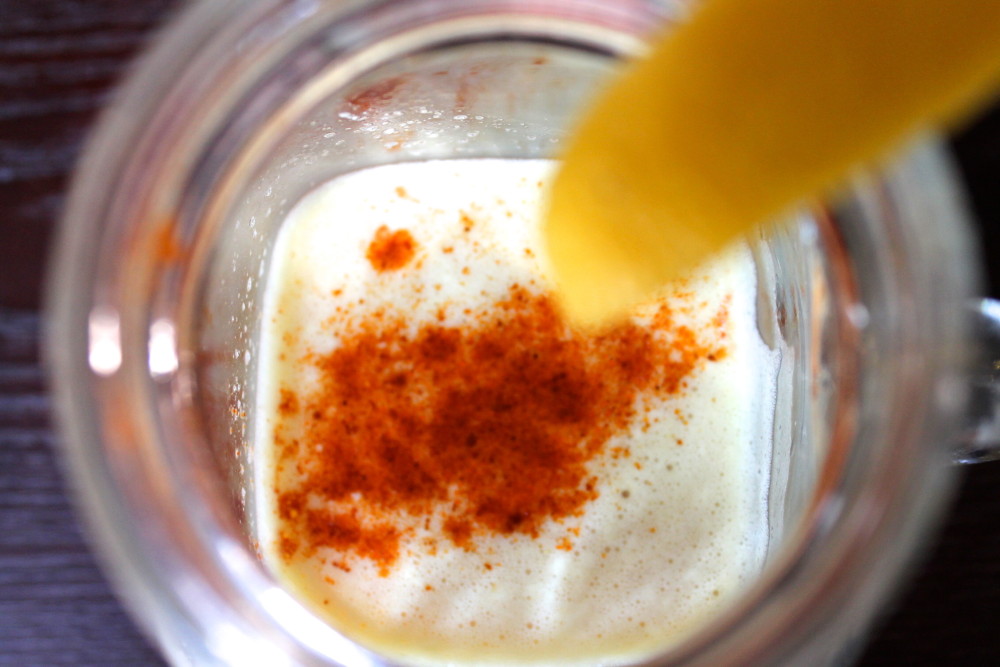You may have heard people talking about oil pulling recently, and thought to yourself “What the crap are they talking about?”. So let’s just clear things up.
Oil pulling is an ancient Ayurvedic practice mentioned in the Charaka Samhita, a text about Ayurveda (Indian traditional medicine). Dating back to 500 CE, oil pulling has been around for hundreds of years but has recently made the rounds as the latest health fad. I have read all sorts of claims about the benefits of oil pulling, from it’s purported ability to clear up acne to treating diabetes. As it’s name suggests, oil pulling is said to literally pull toxins out of the body. However, the most compelling arguments I have seen deal more specifically with general oral health, and not so much with systemic diseases. Oil pulling is said to improve oral health, reduce the amount of S mutans (germ) count in the mouth and on the teeth, prevent halitosis, whiten gums, and more. Per the studies that I have read however, what really seems to occur is saponification. Saponification is a process that produces soap, and since vegetable fat is an emulsifier, swishing the mouth with a vegetable-based fat (i.e. coconut or sesame oil) could very well create a “soapy environment” conducive for improving overall oral health by reducing the ability of bacteria to stick to the surface of teeth. In layman’s terms? Yeah, swishing some oil in your mouth might just improve pearly whites. Generally I like to try out any health fads before I review them; I never feel comfortable endorsing something that I myself haven’t tried, so I decided to start on a thirty day oil pulling journey.
So How Do You Do It?
Oil pulling involves swishing a tablespoon of oil in your mouth for about 15-20 minutes in the morning (ideally on an empty stomach), rinsing, and then brushing your teeth like normal. The very best oil per Ayurveda is sesame oil, but coconut oil seems to take a close second (for more coconut oil uses, check out my post from last week!). The oil used should always organic, unrefined, and cold pressed. Some practitioners also suggest switching up oils for the best results. I tried both coconut and sesame oil, but did not notice a difference in the way that my mouth felt based on which oil I used (coconut is way more palatable though, in my opinion). Other popular oils used for pulling are sunflower and olive oils.
My Findings
My teeth did feel quite clean and smooth after I did the oil pulling each morning even before I brushed my teeth, which I found intriguing. Also interesting, it seemed to help clear out my sinuses (not something I had read about in any of the studies). That being said, I didn’t really notice any further benefits at the end of my thirty days. I practice good oral health care though, I floss regularly and brush well, so I would be interested in whether oil pulling might have more of a positive or more noticeable effect on someone who perhaps does not have the best oral hygiene? Considering the fact that in 500 BCE tooth brushes has not yet been invented and oral hygiene was not what it is today (obviously), I would think that perhaps oil pulling had a much more noticeable impact. As far as the systemic claims go, I certainly didn’t feel like my body was being cleansed or like toxins were being removed-I did not register a change in the way I felt physically. Honestly, I was sort of bummed out. I’m always looking for natural or homeopathic remedies, and was hoping that oil pulling would prove to be a great addition to my daily healthcare routine. What it comes down to though is that each person’s body is different and what works for some doesn’t always work for others. I encourage you to give oil pulling a try simply to see if you have a different experience (it certainly can’t hurt and cold-pressed coconut oil runs about six bucks for a huge jar). I would be really interested in hearing about your experience with oil pulling, whether you felt like or noticed any differences, subtle or drastic.






